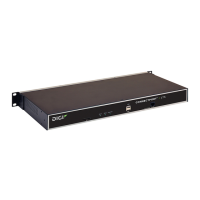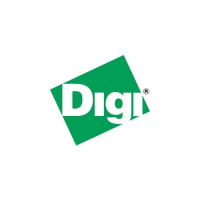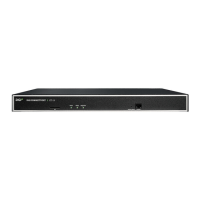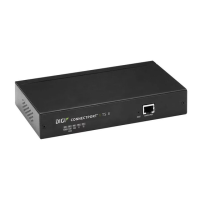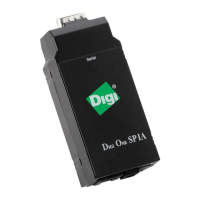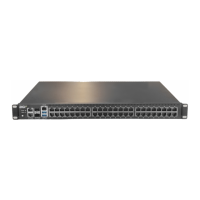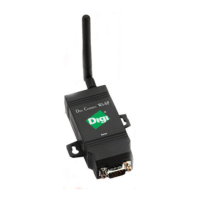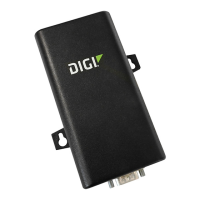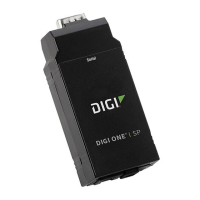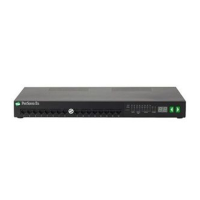Configure the device using the ConnectPort LTS web interface Configuration through the web interface
Digi ConnectPort LTS User Guide
57
n UDP Sockets: Allows the automatic distribution of serial data from one host to many devices at
the same time. The UDP Sockets profile allows serial devices to communicate using UDP. The
UDP Server configuration allows the serial port to receive data from one or more systems or
devices on the network. See Assign a profile to a serial port for more information.
The UDP Client configuration allows the automatic distribution of serial data from one host to
many devices at the same time using UDP sockets.
The port numbering conventions shown in the TCP Sockets Profile also apply to UDP sockets.
Not all port profiles are supported in all products. Supported port profiles varies by ConnectPort LTS
model. If a profile listed in this description is not available on the page, it is not supported in the
ConnectPort LTS product.
If you selected a port profile, the port number associated with the port profile appears at the top of
the page. You can change or retain the profile and adjust individual settings.
Everything displayed on the Serial Ports Configuration page between Port Profile Settings and the
links to the Basic Serial Settings and Advanced Serial Settings depends on the selected port profile.
Assign a profile to a serial port
To assign a profile to a serial port:
1. Select Configuration > Serial Ports.
2. Click a port number from the Port column.
3. Click Change Profile.
4. On the Select Port Profile page, select a port profile option and then click Apply.
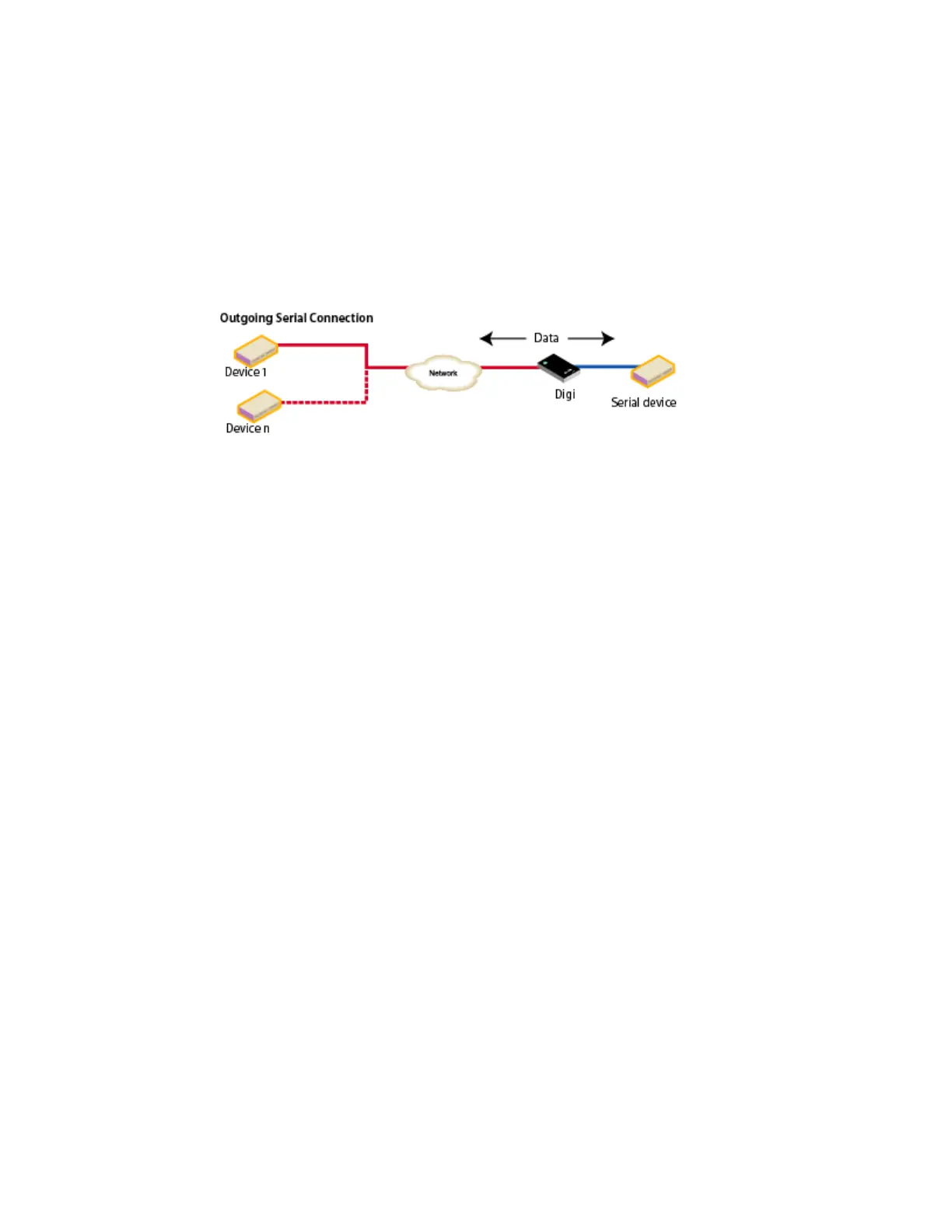